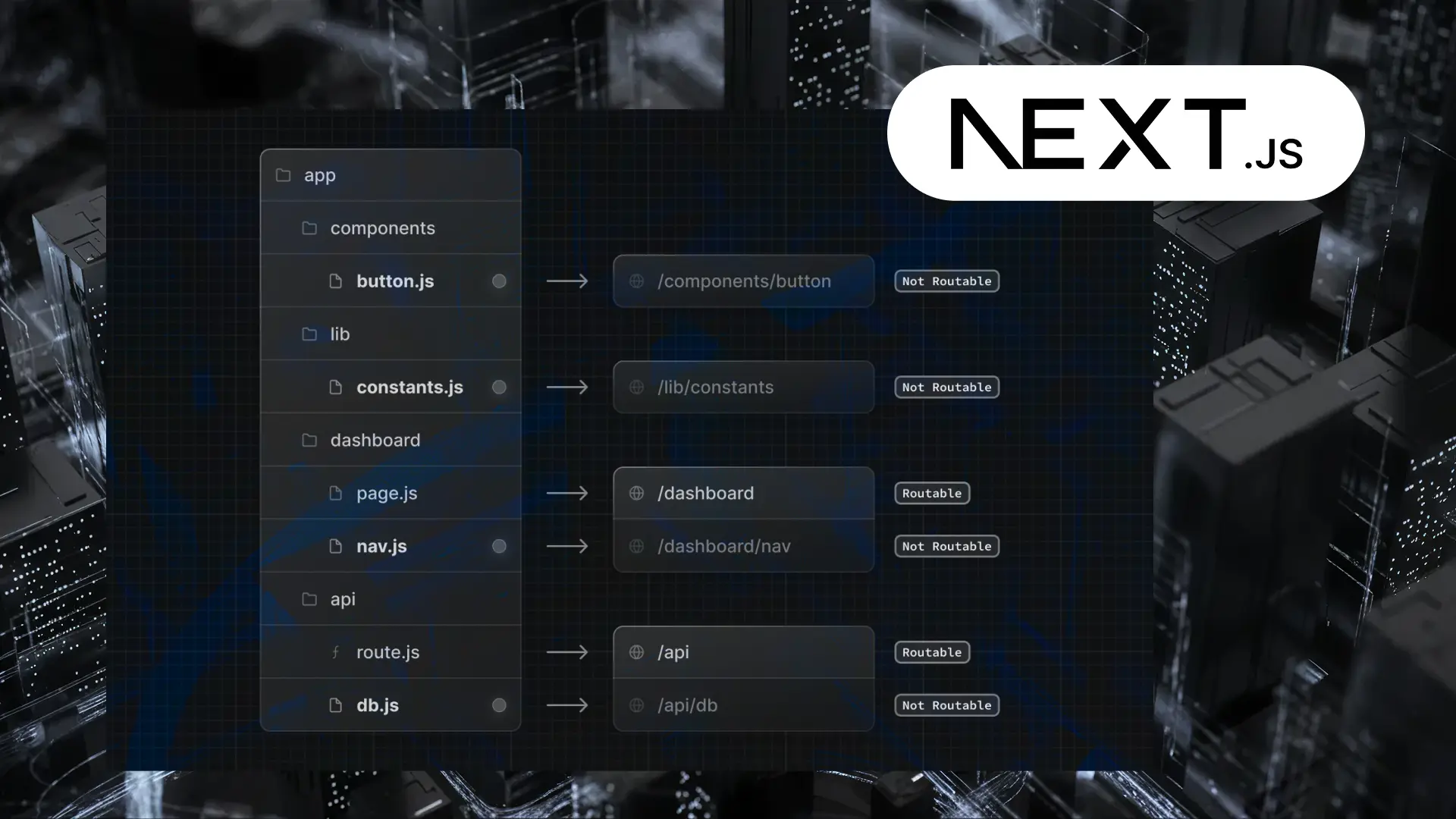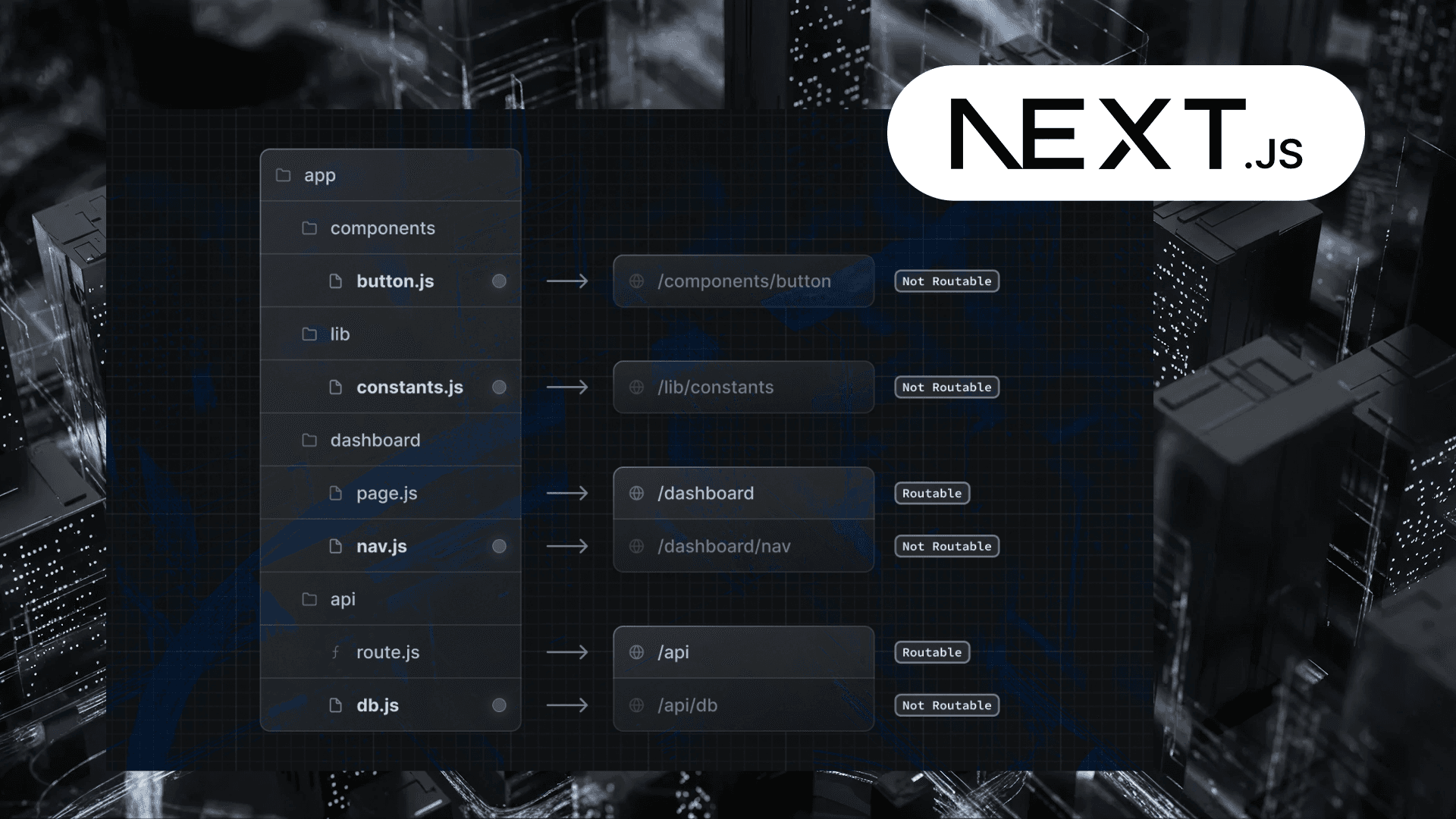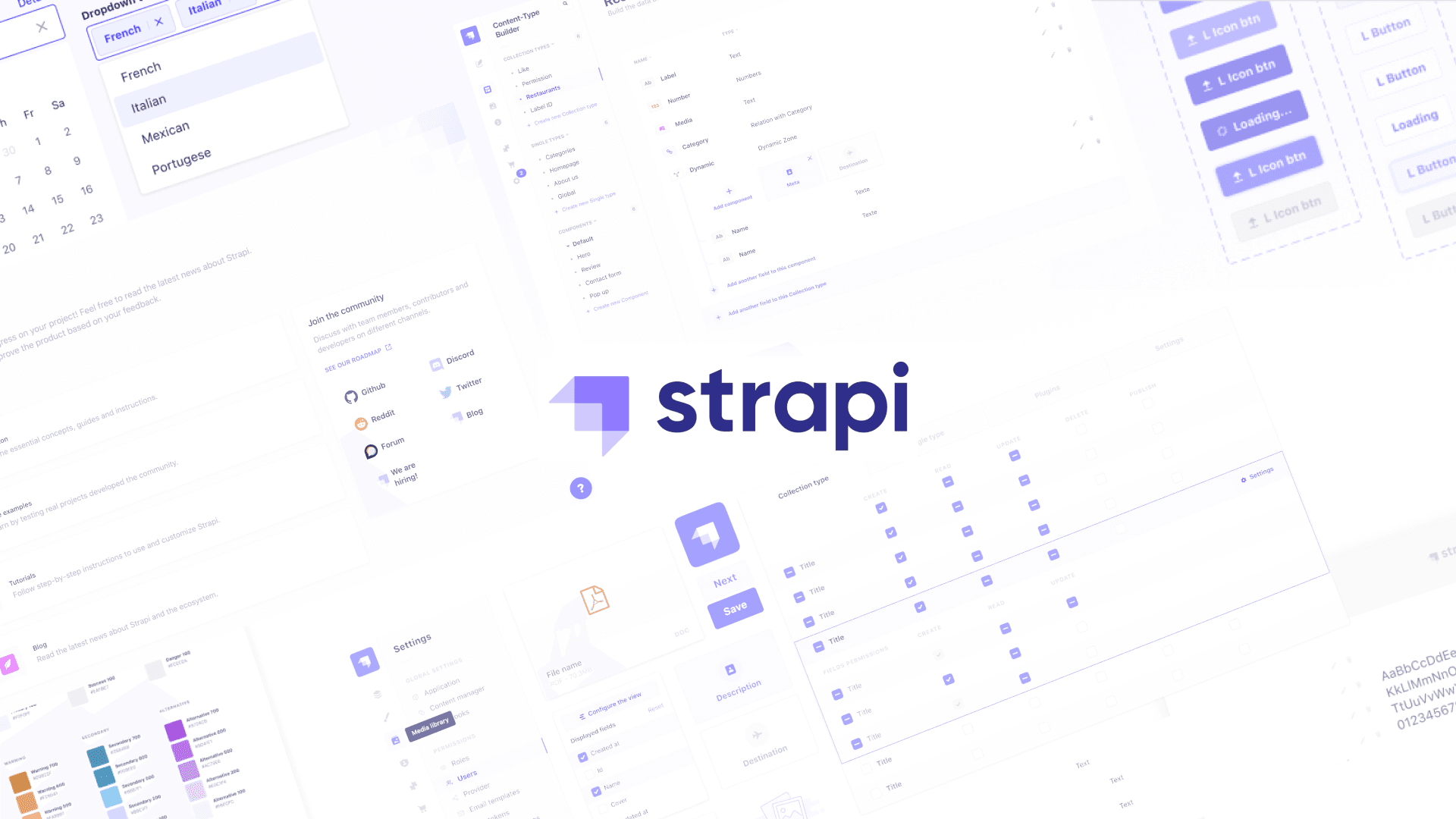Table of Contents
Why Systems Slow Down and What Smart Caching Teaches Us About Scalability
Author

Date

Book a call
Modern applications usually start fast. But as traffic grows, so does the load on the backend — and somewhere along the way, things slow down.
Often, it’s not bad code or poor DB design — it’s the volume of repeated reads hitting your database like a DDoS. Caching becomes the first (and sometimes only) line of defense.
But caching isn’t just about speed. It’s about trade-offs — consistency, durability, and failure recovery.
So…what exactly is a cache?
A cache is memory that stores frequently accessed data, so you don’t have to hit your database or expensive downstream systems every time.
But in real systems, a cache is not just a faster version of your database. It’s a separate layer that has its own lifecycle, consistency rules, and edge cases.
Let’s start with the typical, unoptimized requaest flow:

Repeat this for every user, every second, and your DB will cry for help.
Choosing the Right Cache Strategy
1. Local (In-Process) Cache

To make this work reliably, you'd need sharding, coordination, and sometimes even replication logic — adding operational complexity.
2. Global (Centralized) Cache

Now, if a value is updated, it’s immediately visible to all instances — solving the consistency problem. The downside? Every cache access is a network call. Still fast, but not as instant as a local memory lookup.
3. Distributed Cache with Sharding + Replication

To maintain consistency, you typically use quorum logic:
Handling Writes: Where Things Start Getting Real
➔ Write-Through Cache

Reliable and consistent, but adds latency.
➔ Write-Back (Write-Behind) Cache

Fast, but if the cache crashes, you lose data unless you persist elsewhere.
➔ Write-Around Cache Skip the cache entirely for writes. Cache only comes into play during reads.

Good for cold data, but every first read is a miss.
➔ Cache-Aside (Lazy Loading)
Ensuring Consistency with Quorum Reads
If you are using a distributed cache, ensure R + W > N to read from at least one up-to-date node. Otherwise, you might serve stale data from a node that hasn’t received the latest write.
Cache Invalidation: The Real Headache
- TTL: Keys expire after a fixed time.
- Manual Invalidation: Delete the cache entry after DB write.
- Pub/Sub: Broadcast cache bust messages.
- Versioned Keys: Use versioning in keys to force reads to new data.
Eviction Strategies: When Memory Runs Out
- LRU (Least Recently Used)
- LFU (Least Frequently Used)
- Segmented LRU (used in Memcached)

Choose based on your app's access patterns.
Strategy Consistency Speed Risk Best For Write-Through Strong Medium DB latency affects writes Profiles, settings, payments Write-Back Eventual Fast Data loss if cache crashes Logs, counters, analytics Write-Around Eventual Medium Cache misses on fresh data Product catalogs, meta info Cache-Aside Manual Flexible Devs must invalidate cache API-driven, GraphQL, mixed readsSummary: Pick Based on Trade-off
Before You Cache Anything...
Ask yourself:
- Is the data read-heavy or write-heavy?
- Can you tolerate eventual consistency?
- How will you handle invalidation?
- What’s your eviction strategy under load?
Final Thoughts
Caching is not just a performance trick — it’s a system design decision. Used right, it can speed up systems by 10x. Used incorrectly, it silently causes data bugs that surface only in production.
Plan your cache like you're planning your database. Design for failure. Test for staleness. Let’s build systems that scale and stay correct.
Dive deep into our research and insights. In our articles and blogs, we explore topics on design, how it relates to development, and impact of various trends to businesses.





